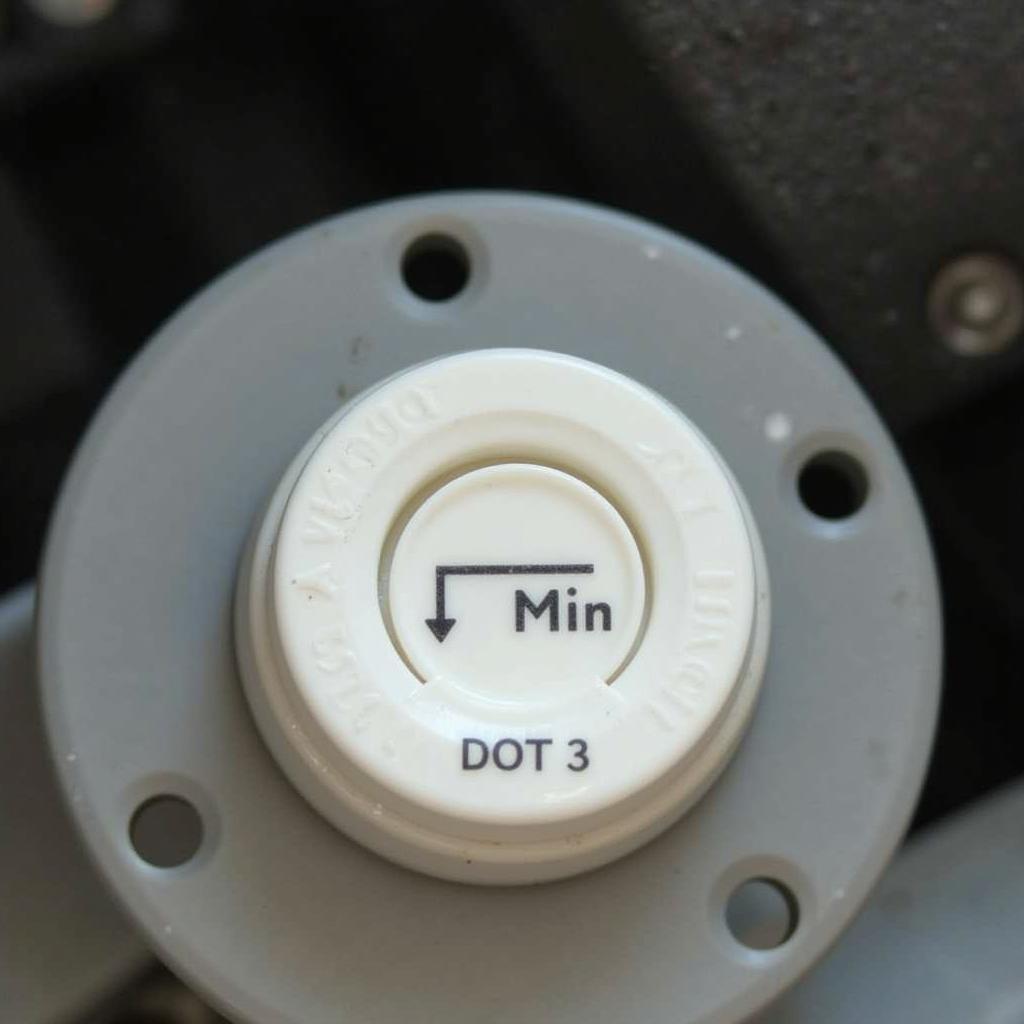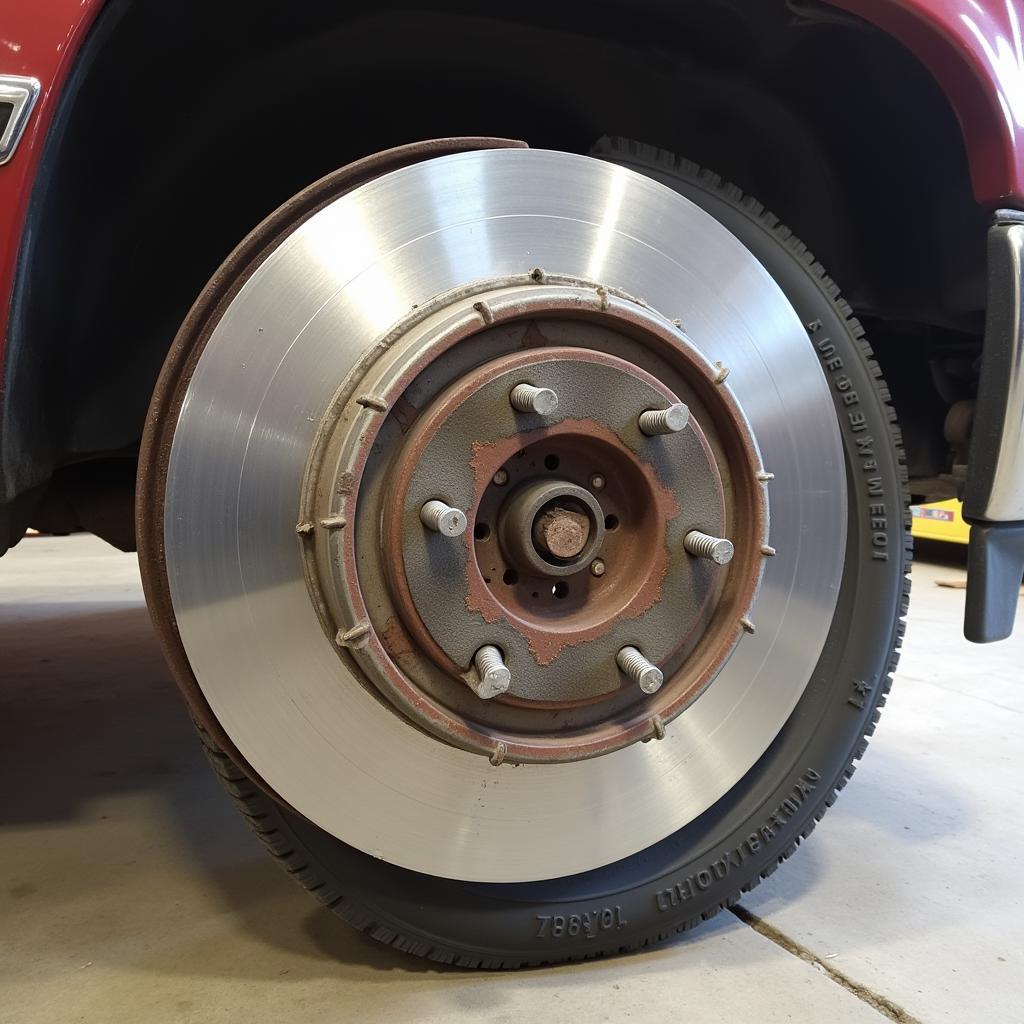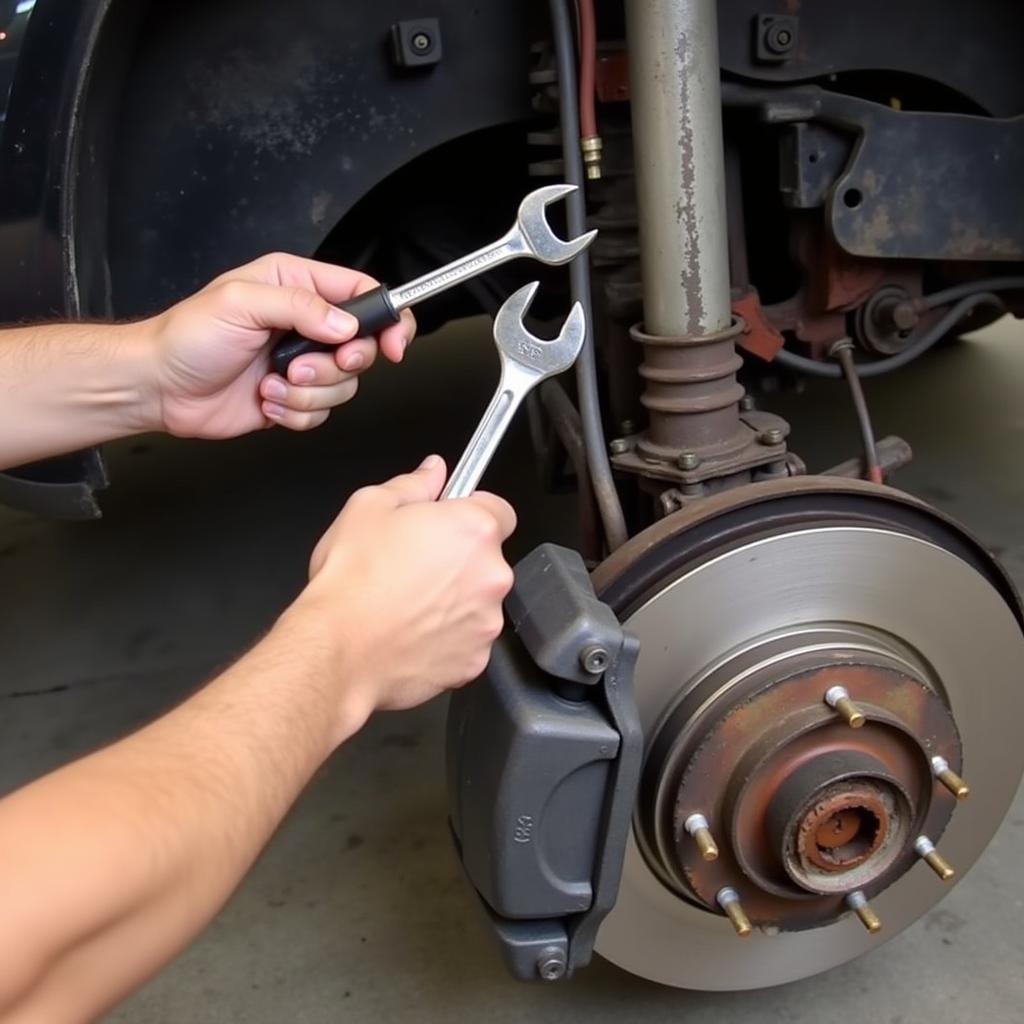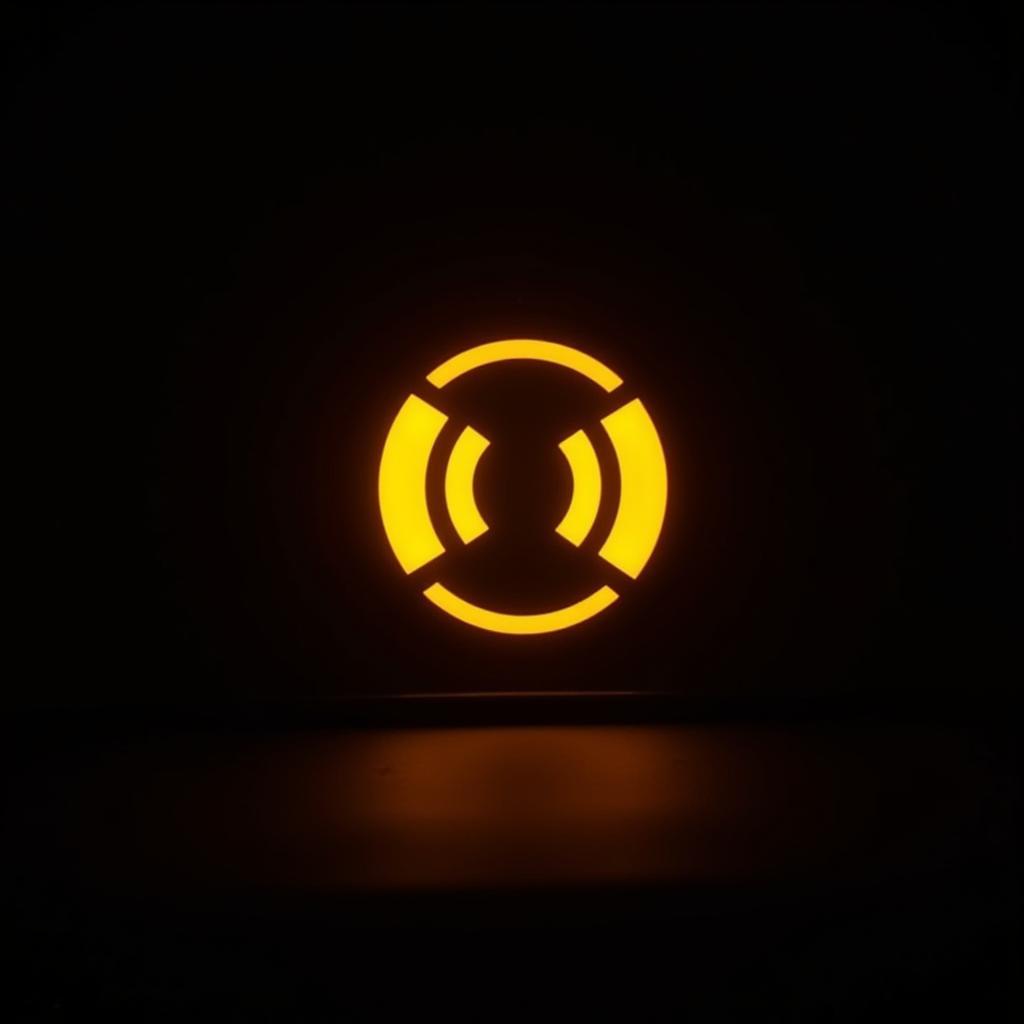A glowing brake warning light on your 1996 Chevy Blazer’s dashboard is a clear sign that something needs your attention. While it can be a simple fix, ignoring it could lead to dangerous driving conditions. This guide will walk you through the common culprits behind a ’96 Blazer brake warning light and how to address them, empowering you to get back on the road safely.
Understanding Your Blazer’s Brake System
Before we dive into troubleshooting, it’s helpful to understand the basics of your ’96 Blazer’s braking system. It uses a hydraulic system, meaning brake fluid pressure is applied when you press the pedal, activating the calipers to clamp the brake pads against the rotors, effectively slowing or stopping your vehicle. Any issue within this system can trigger the warning light.
Common Causes of a Brake Warning Light on a ’96 Blazer
Several factors can trigger the brake warning light on your ’96 Blazer. Here are some of the most common culprits:
1. Low Brake Fluid
Low brake fluid is one of the most common reasons for the brake warning light to illuminate. As brake pads wear down, the brake fluid level naturally decreases. However, a leak in the system can also lead to a rapid drop in fluid level.
How to Check:
- Locate the brake fluid reservoir under the hood – it’s a translucent plastic container labeled “Brake Fluid.”
- Check the fluid level – it should fall between the “Min” and “Max” markings.
- If the fluid is low, carefully top it off with the recommended brake fluid type for your Blazer (consult your owner’s manual).
 Low Brake Fluid Reservoir
Low Brake Fluid Reservoir
Important: If you find yourself adding brake fluid frequently, it’s crucial to have your brake system inspected for leaks by a qualified mechanic.
2. Worn Brake Pads
Brake pads are designed to wear down over time. When they reach a certain thickness, a sensor triggers the brake warning light to signal it’s time for a replacement.
How to Check:
- Look through the spaces between the wheel spokes to inspect the brake pads.
- You’ll likely need a flashlight for a clear view.
- If the pad material is less than ¼ inch thick, it’s time for new pads.
 Worn Brake Pads on a 1996 Chevy Blazer
Worn Brake Pads on a 1996 Chevy Blazer
Note: Replacing brake pads is typically a straightforward job, but if you’re not comfortable tackling it yourself, a mechanic can quickly handle it.
3. Faulty Brake Caliper
The brake caliper houses the piston that pushes the brake pads against the rotor. A sticking or seized caliper can cause uneven braking, dragging, and even lead to a brake warning light.
How to Check:
- Look for signs of uneven brake pad wear on one side compared to the other.
- Feel for excessive heat coming from a specific wheel after driving.
- A dragging sensation or a pulling to one side while braking can also indicate a caliper issue.
 Inspecting the Brake Caliper on a 1996 Chevy Blazer
Inspecting the Brake Caliper on a 1996 Chevy Blazer
Diagnosing and fixing a faulty brake caliper often requires specialized tools and knowledge, so it’s best to consult a qualified mechanic for this repair.
4. Issues with the ABS System
Your 1996 Chevy Blazer is equipped with an Anti-lock Braking System (ABS). A malfunctioning ABS module, faulty wheel speed sensors, or wiring problems within the system can trigger the brake warning light.
Note: Diagnosing ABS problems can be complex and is best left to professionals with the proper diagnostic equipment.
Don’t Ignore the Warning!
“Ignoring a brake warning light is like ignoring a flashing ‘check engine’ light – it’s crucial to address the problem promptly,” says veteran mechanic John Miller, who has over 20 years of experience working on Chevrolet trucks and SUVs. “Your safety and the safety of others on the road depends on a properly functioning braking system.”
Conclusion
Addressing a brake warning light on your ’96 Blazer starts with understanding the potential causes and performing some basic checks. While some issues might be simple DIY fixes, others require the expertise of a qualified mechanic. Remember, a well-maintained braking system is paramount to your safety on the road.

